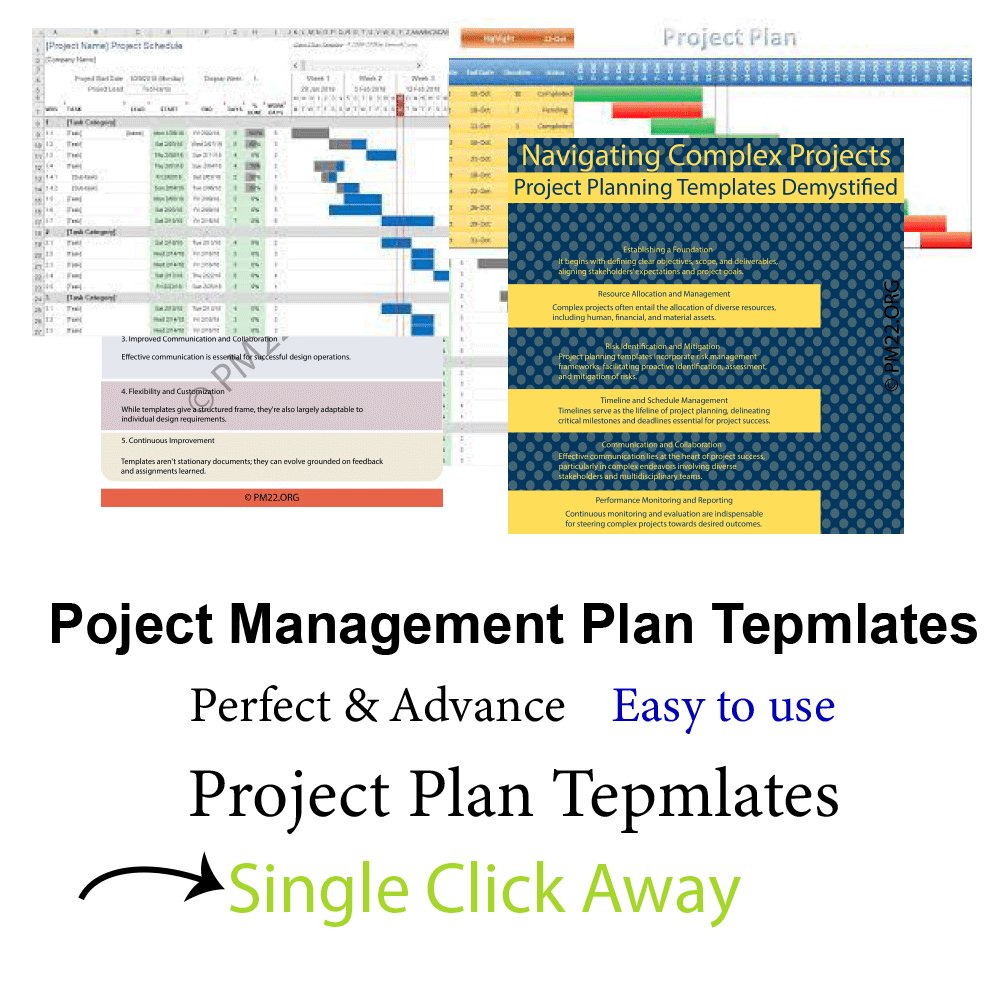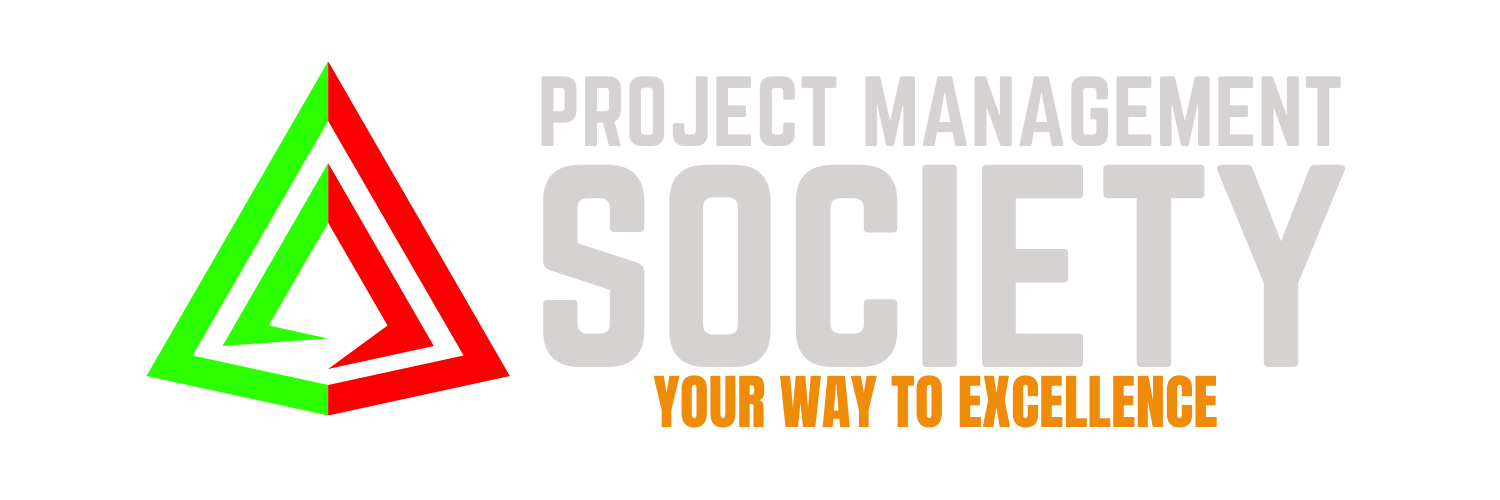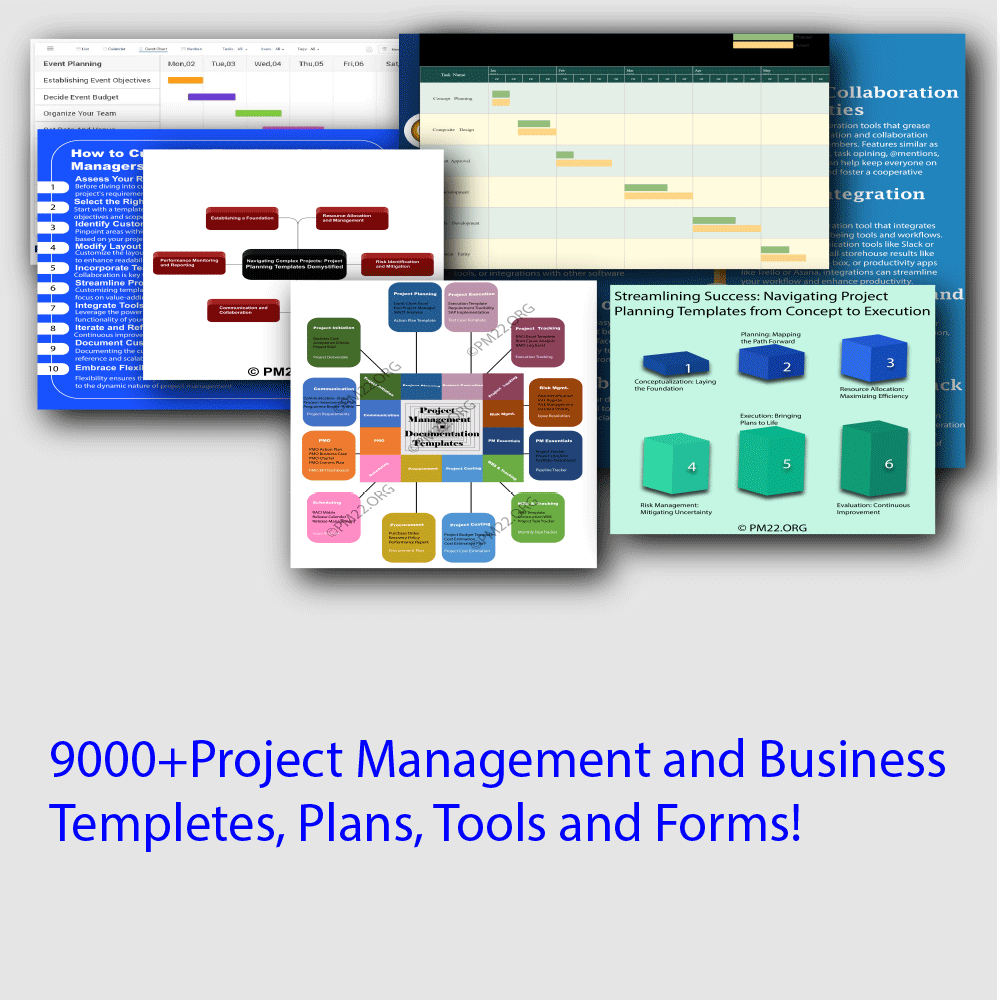 When it comes to managing projects, one of the biggest decisions is choosing the right methodology. For years, two prominent contenders—Agile vs. Waterfall—have been the go-to approaches in project management. Each has its advantages and challenges, so how do you know which one is best for your project? Let’s break it down.
When it comes to managing projects, one of the biggest decisions is choosing the right methodology. For years, two prominent contenders—Agile vs. Waterfall—have been the go-to approaches in project management. Each has its advantages and challenges, so how do you know which one is best for your project? Let’s break it down.
Understanding Agile
Agile is all about flexibility. Think of it as a dynamic, iterative approach to project management. Instead of following a strict plan from start to finish, Agile allows teams to adapt as they go. Work is completed in short bursts, or “sprints,” typically lasting two to four weeks. At the end of each sprint, the team reviews their progress, gathers feedback, and adjusts their next steps accordingly.
This constant cycle of feedback and adaptation is one of Agile’s biggest strengths. It allows teams to respond quickly to changes, which is especially helpful in fast-paced industries like software development. However, this flexibility also requires a high level of communication and collaboration, meaning it works best with teams that thrive in a more fluid and interactive environment.
Understanding Waterfall
Waterfall, on the other hand, takes a more traditional approach. It’s a linear, sequential process where the project flows through distinct phases—requirements, design, development, testing, and deployment. Each phase must be completed before moving on to the next, and any changes that arise typically require revisiting previous stages.
The structured nature of Waterfall makes it great for projects with well-defined requirements from the start. For example, construction projects often rely on the Waterfall approach, where each phase needs to be completed before the next can begin. This method emphasizes thorough planning and documentation, ensuring everything is mapped out before work begins.
Agile vs. Waterfall
Now that we’ve outlined the basics of Agile and Waterfall, let’s compare the two approaches head-to-head on key factors:
CLICK HERE TO DOWNLOAD 300+ PROJECT MANAGEMENT TEMPLATES & DOCUMENTS IN EXCEL
- Flexibility
- Agile: Known for its adaptability, Agile shines in environments where requirements are constantly evolving. Changes can be made at any point in the process, with minimal disruption.
- Waterfall: With Waterfall, changes can be more disruptive because they require revisiting and revising completed stages. Waterfall is less flexible, making it better suited for projects with stable, clearly defined requirements.
- Risk Management
- Agile: Since Agile incorporates continuous feedback, issues can be identified and resolved early on, minimizing risk. Teams can pivot if something isn’t working.
- Waterfall: Waterfall’s structured approach means that risks may only become apparent later in the project, sometimes after significant time and resources have been invested. It’s more challenging to manage risks once a phase is complete.
- Time to Delivery
- Agile: Agile often results in faster delivery of a minimum viable product (MVP). Teams focus on delivering small, functional pieces of the project incrementally, which means you get working versions sooner.
- Waterfall: Waterfall usually takes longer because it follows a step-by-step process. All stages need to be completed before the final product is delivered.
- Client Involvement
- Agile: Agile heavily involves clients throughout the project. They provide input after every sprint, which means they have a continuous influence on the direction of the project.
- Waterfall: Waterfall typically involves less client interaction after the initial planning phase. Once the requirements are set, the client usually steps back until the project is complete.
- Budget and Timeline
- Agile: Because Agile is more flexible, budgets and timelines can shift as the project evolves. This may make it difficult to stick to the original estimates.
- Waterfall: Waterfall’s defined structure means you have a clear budget and timeline upfront, making it easier to stick to a set schedule—provided everything goes as planned.
Which is Best for Your Project?
The answer to this question depends on your specific project requirements, team dynamics, and industry.
Agile is Best When:
- Your project involves rapid changes or evolving requirements.
- You work in a dynamic industry like software, where adaptability is crucial.
- Your team thrives on collaboration and communication.
- You need to deliver functional parts of the project incrementally rather than waiting for the final product.
Waterfall is Best When:
- Your project has well-defined requirements and a fixed scope.
- Changes are unlikely or would be costly to implement.
- You’re working on large-scale projects like construction or manufacturing where each phase is dependent on the completion of the previous one.
- Thorough documentation is required for regulatory or compliance reasons.
CLICK HERE TO DOWNLOAD 300+ PROJECT MANAGEMENT TEMPLATES & DOCUMENTS IN EXCEL
The Hybrid Approach
If you’re still unsure, there’s always the hybrid approach, which combines elements of both Agile and Waterfall. This method allows you to leverage Agile’s flexibility while still benefiting from Waterfall’s structure. For instance, you could use Waterfall’s linear approach for the early planning stages of your project, then switch to Agile for the development and testing phases. This way, you get the best of both worlds.
Conclusion: It Depends on Your Needs
In the end, neither Agile nor Waterfall is inherently better than the other. Both have their strengths and weaknesses, and the right choice depends on the nature of your project, your team’s capabilities, and your industry. By understanding the nuances of Agile vs. Waterfall approach, you can make an informed decision that leads to successful project outcomes. Whether you choose Agile, Waterfall, or a hybrid approach, the key is to align your methodology with your project’s specific goals and constraints.


